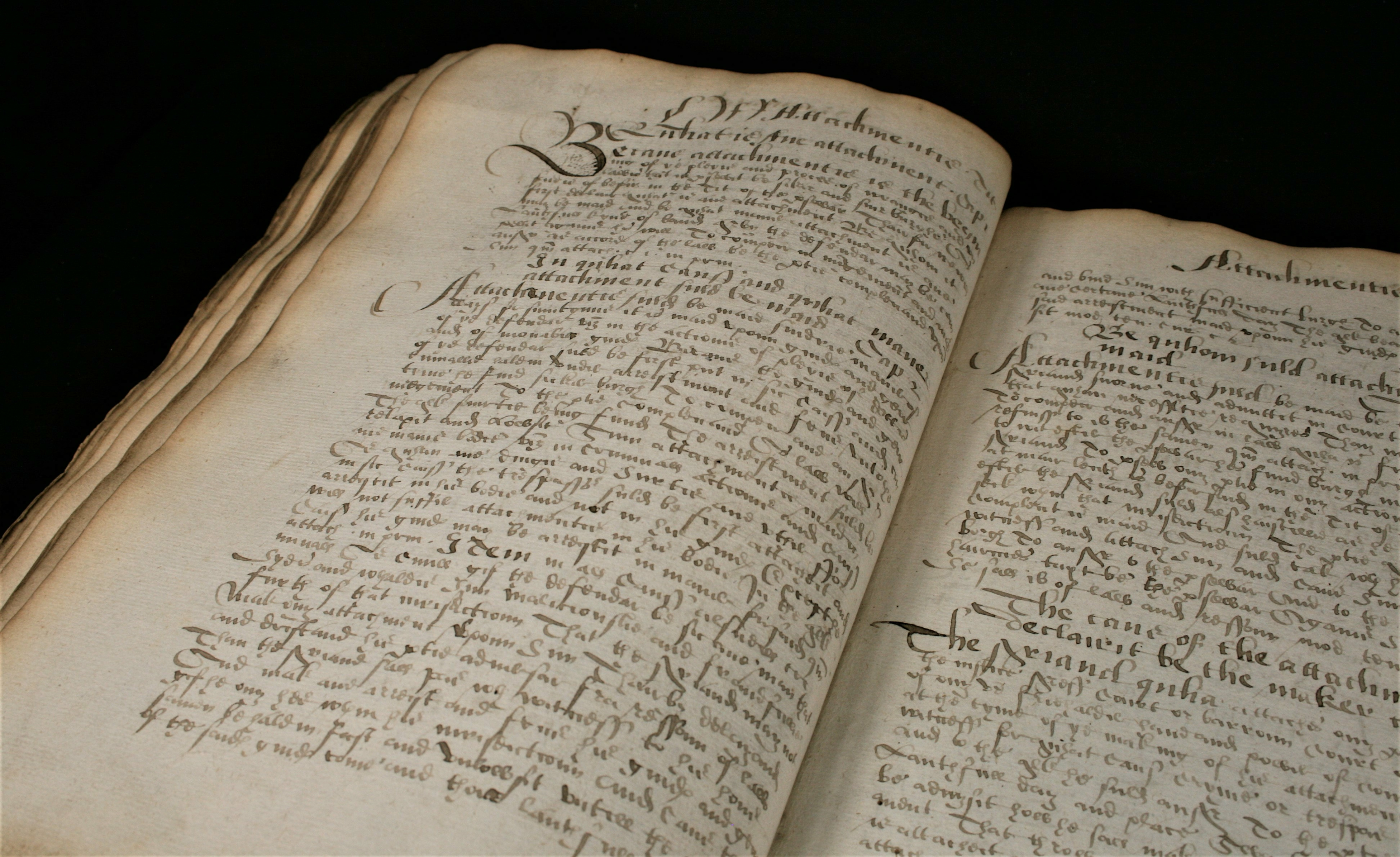

A well-executed rescue mission of old manuscripts can turn a fizzle into sizzle.

Anne points the way to writing a publishable first novel. They’re the books we wrote when we still needed training wheels (but didn’t know it). To venture into real estate-speak, they’re fixer-uppers. Or, to use a banking analogy, old manuscripts are a savings account of ideas/characters/plots from which we can draw. To use a sports analogy, think of your old manuscripts as bench players, ready to come in to save the day or relief pitchers who can save the game. For writers, creative value counts as does the value accrued from experience, even the efforts that seemed to fail. Not all value can be counted in dollars and cents.Įverything we write has value even if in our darkest moods we don’t think so.
Old manuscripts how to#

Turned down by the editor who “loved” it-but not enough to make an offer.Rejected by the agent who was once upon a time so enthusiastic.My post on rejection lays out the reasons why publishable manuscripts get turned down. There’s the perfectly good book that was rejected by publishers.They also include books we finished that were never published, or else were published so badly they never found their audience. They’re our false starts, our duds and misfires, our first novels, our practice novels, our orphans, our cast-offs.Ībandoned, neglected, shunted aside, started but never finished, they’re the old manuscripts collecting dust somewhere in the distant reaches of our hard drives. They’re the old manuscripts we-most certainly including Anne and me-started but didn’t finish or did finish but somehow went off track. Are old manuscripts gathering dust in your archives? by Ruth Harris.Įvery writer has (at least) one and probably more.


 0 kommentar(er)
0 kommentar(er)
